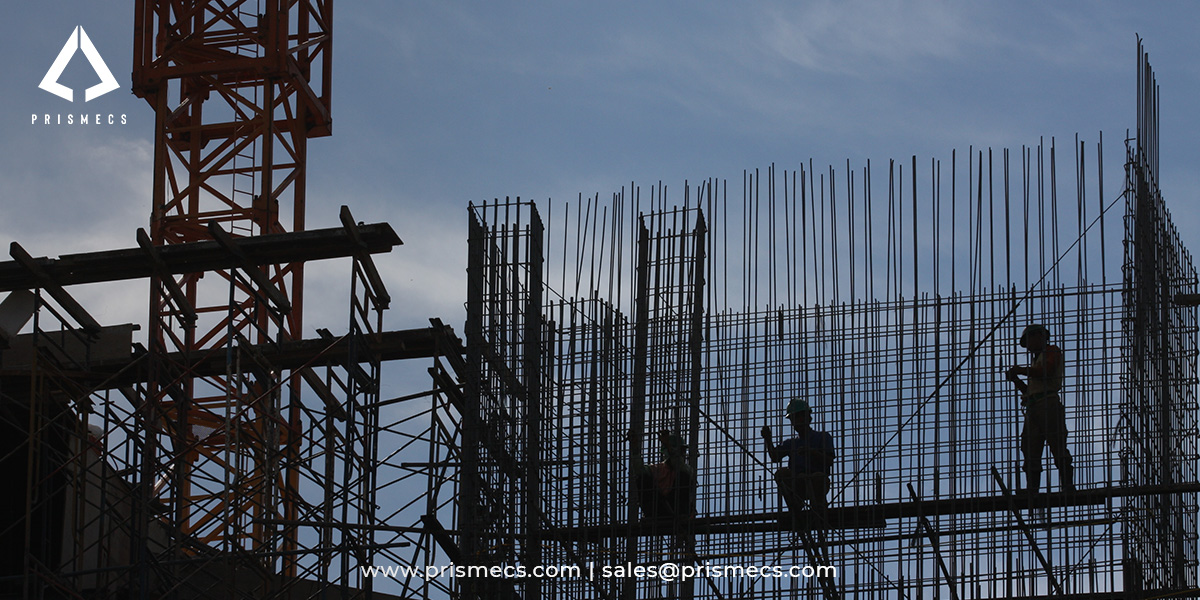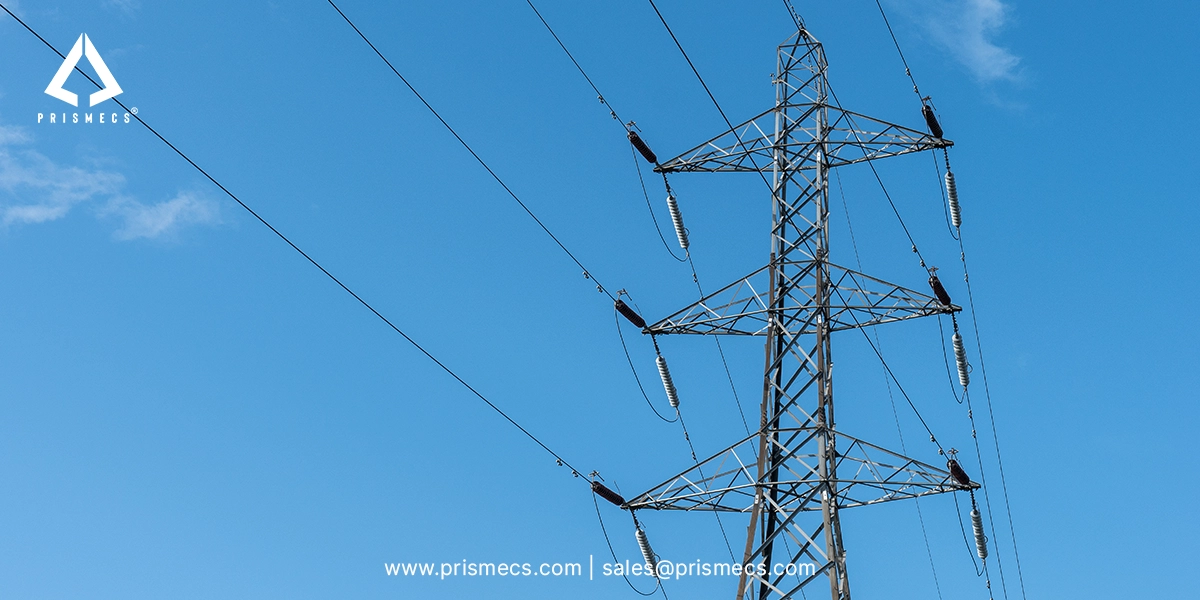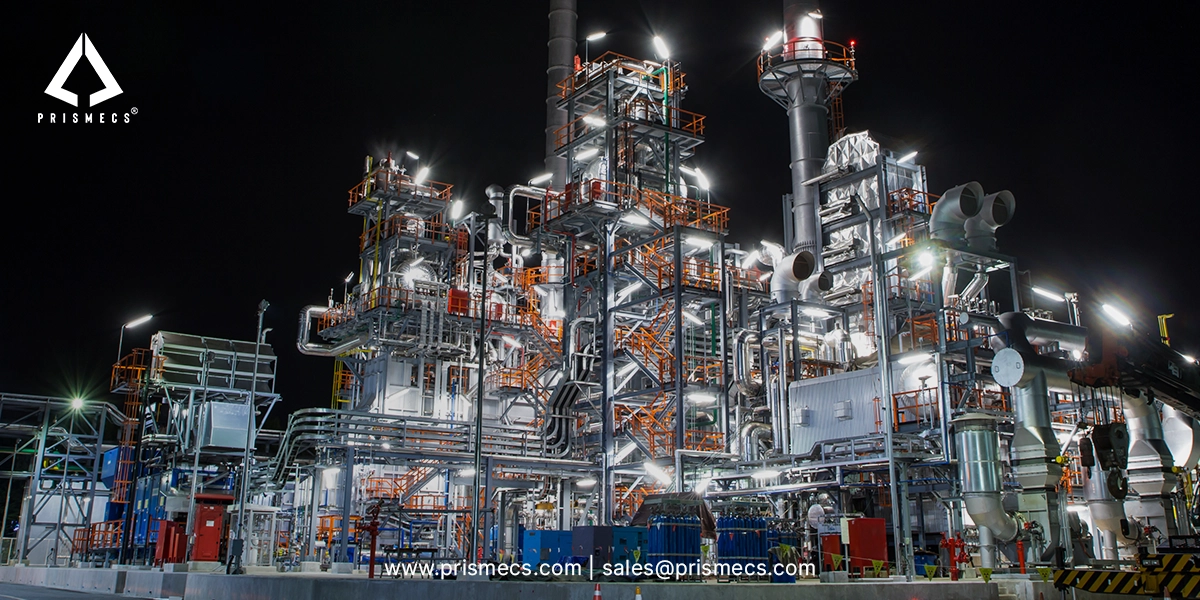
Scaffolding is crucial in the construction industry, particularly in commercial construction, high-rise projects, and other large-scale building endeavors. With a variety of types of scaffolding used to support workers and materials.
It’s essential to understand the specific regulations and standards that govern the state's use of scaffolding. This blog will delve into the significance of scaffolding, its common uses in construction, and the safety regulations and standards designed to ensure worker safety on job sites.
What is Scaffolding?
Scaffolding, also known as staging, is a temporary structure that supports workers, tools, and materials during the construction or maintenance of buildings, bridges, and other structures. It’s essential for accessing hard-to-reach areas, especially in tall buildings or large commercial projects.
Scaffolding services are frequently used for EPC activities such as building facades, high-rise construction, and maintenance of hard-to-reach infrastructure. However, to ensure the safety of workers, scaffolding must comply with OSHA regulations.
Latest Scaffolding Techniques in the United States
Scaffolding is designed in different forms to cater to specific needs. Some of the most common types used in construction include:
Tube and Coupler Scaffolding
This traditional form of scaffolding utilizes steel or aluminum tubes connected by couplers to form a stable framework. It is highly flexible, making it ideal for various applications, particularly in commercial construction, where a customized design is often required.
H-Frame Scaffolding
This type of scaffolding features pre-made frames, which are easy to assemble and disassemble. It’s often used to construct tall buildings and high-rise projects, offering an efficient way to reach higher levels during construction or repair work.
Modular System Scaffolding
Modular scaffolding is a modern solution consisting of prefabricated components that can be quickly assembled to create a stable platform. It is frequently used for large-scale projects and offers improved safety features, such as integrated fall protection systems.
Timber and Bamboo Scaffolding
In certain parts of the world, timber and bamboo scaffolding are commonly used due to their lower cost and ease of assembly. These forms of scaffolding are often utilized in smaller or temporary construction projects.
Suspended Scaffolding
Suspended scaffolding is used when scaffolding needs to be hung from the top of a building, often for tasks such as window cleaning, maintenance, or painting on tall buildings.
Read More: An Overview on Scaffolding Services in Oil and Gas Industry
Scaffolding Safety: OSHA Regulations and Standards
The Occupational Safety and Health Administration (OSHA) sets strict safety standards and safety regulations for scaffolding used on job sites nationwide. These regulations are in place to ensure worker safety, minimize risks, and provide guidelines for scaffolding safety. Here are key aspects of OSHA regulations that apply to scaffolding:
Load Capacity
Scaffolding must safely support the weight of workers, tools, materials, and other equipment. Safety standards mandate that scaffolding be designed to handle specified loads, ensuring stability during construction activities.
Fall Protection
One of the leading causes of injuries and fatalities in construction is falls. To prevent accidents, OSHA requires fall protection systems such as guardrails, safety nets, and personal fall arrest systems to be installed on scaffolding. These systems are crucial for improved safety on job sites.
Platform Safety
The working platforms of scaffolding must be free from hazards and securely supported. This includes using proper decking, ensuring the platform is level, and avoiding gaps or obstructions that could cause accidents.
Inspection and Maintenance
Scaffolding should be regularly inspected to identify any issues that could compromise safety. OSHA mandates that scaffolding be inspected before and after any modifications to ensure that it meets safety regulations.
The Role of Scaffolding in Commercial and High-Rise Construction
Scaffolding is indispensable in commercial construction and high-rise projects. For these types of buildings, scaffolding systems must be designed to meet stringent building codes and support heavy loads over extended periods.
Design scaffolding plays a key role in maintaining the integrity and safety of these towering structures. By allowing workers to access higher levels safely, scaffolding ensures that tasks such as window installation, electrical work, and exterior finishing can be completed efficiently.
Key Components of Scaffolding
The primary components of scaffolding include:
Standards (Vertical Supports)
These are the vertical, load-bearing members of the scaffold. They are essential for safely transferring the entire structure's weight, including materials, equipment, and personnel, to the ground. Properly spaced and secured standards are crucial for stability.
Ledgers (Horizontal Connectors)
Ledgers are horizontal tubes that connect the standards, forming the scaffold's main framework or bays. They provide lateral support and significantly contribute to the structure's rigidity and stability.
Transoms (Platform Supports)
Transoms are horizontal members spanning the ledgers, typically perpendicular to them. Their primary function is to support the working platform or decking, providing a stable surface for workers and materials. They distribute the load from the platform to the ledgers and ultimately to the standards.
Boards and Decking (Working Platform)
These components create the scaffold's actual working surface. Boards or decking panels are laid across the transoms to provide workers with a safe, level platform to stand, move around, and place materials. The material and construction of the boards/decking must be suitable for the intended load and working conditions.
Couplers (Connecting Fittings)
Couplers are essential fittings that securely connect all the scaffold's various components. They join standards to ledgers, ledgers to transoms, and often other accessories. Different types of couplers are used for different connections, and their proper selection and use are critical for the scaffold's integrity and safety.
Specialized scaffolding components, such as brackets, ladders, or heavy-duty load-bearing transoms, may be added to enhance the scaffolding performance for specific applications.
Ensuring Worker Safety with Scaffolding
Worker safety is key for any construction job site, and scaffolding can present various hazards if not properly used. In addition to adhering to OSHA regulations, construction companies must ensure that their scaffolding systems meet safety standards specific to their state and local building codes.
Effective scaffolding safety protocols include regular inspections, appropriate fall protection systems, and proper worker training.
Safety regulations also require workers operating on elevated scaffolds to wear scaffolding safety equipment, such as guardrails, personal protective equipment (PPE), and harnesses. These precautions help reduce the risk of injury on job sites, particularly in high-rise or commercial construction environments.
Conclusive Remarks
The state's use of scaffolding is governed by specific rules and regulations that ensure the safety of workers on construction sites. Scaffolding is essential for accessing hard-to-reach areas in high-rise and commercial construction projects.
By understanding the different types of scaffolding, adhering to OSHA regulations, and prioritizing worker safety, construction companies can create safer work environments, adhere to building codes, and ensure the successful completion of projects.
Partner with Prismecs for Expert Scaffolding Services in the USA
Prismecs has built a team of professionals with the best scaffolding equipment and erection resources who can complete the job safely, at a competitive price, and on time. As a service provider, we will help you meet all your specific needs and requirements, regardless of the project size. For questions and more information, please call us at +1 (888) 774-7632 or email us at sales@prismecs.com.
Frequently Asked Questions
1. What are the main types of scaffolding in construction?
Common types include Tube and Coupler, H-frame, Modular System, Timber & Bamboo, and Suspended Scaffolding, each serving different construction needs.
2. How do OSHA regulations improve scaffolding safety?
OSHA sets safety standards for scaffolding, covering load capacity, fall protection, platform safety, and inspections to ensure worker safety.
3. Why is fall protection important in scaffolding?
Falls are a major risk in construction. To prevent accidents, OSHA requires guardrails, safety nets, and harnesses, especially in tall buildings.
4. What are the key components of scaffolding?
Scaffolding includes Standards, Ledgers, Transoms, Boards, and Couplers, ensuring stability and safe worker access during construction.
5. How can construction companies improve scaffolding safety?
Following OSHA rules, conducting regular inspections, wearing fall protection, and training workers help maintain a safe job site and prevent accidents.
Tags: Types Of Scaffolding Scaffolding in Construction Commercial Construction Tall Buildings Osha Regulations Improved Safety Construction Activity Fall Protection Scaffolding Safety Safety Standards Safety Regulations Job Site Building Codes Design Scaffolding High Rise Occupational Safety and Health Administration Worker Safety
recent posts

Distributed Energy Services
9 minutes read
Smart Grid and Distributed Energy Resources
Discover how smart grids and distributed energy resources (DER) work together to create efficient, resilient, and sustainable energy systems for the f...

Petrochemicals
8 minutes read
Petrochemical Plant Operations Explained
Discover how petrochemical plant operations work, from raw material processing to product output. Learn key processes, safety, and technologies involv...
Press Release
1 minute read
CEO Prismecs, Junaid Ali Featured on Forbes: Addressing AI’s Energy Paradox and Powering the Future of Intelligence
Prismecs CEO Junaid Ali, featured in Forbes, shares insights on AI’s growing energy demand and innovative power solutions that drive a sustainable fut...

Data Centers
11 minutes read
Data Center Provider: How to Choose the Right One
Discover how to choose the right data center provider for your business. Compare features, performance, security, and services to make the best decisi...